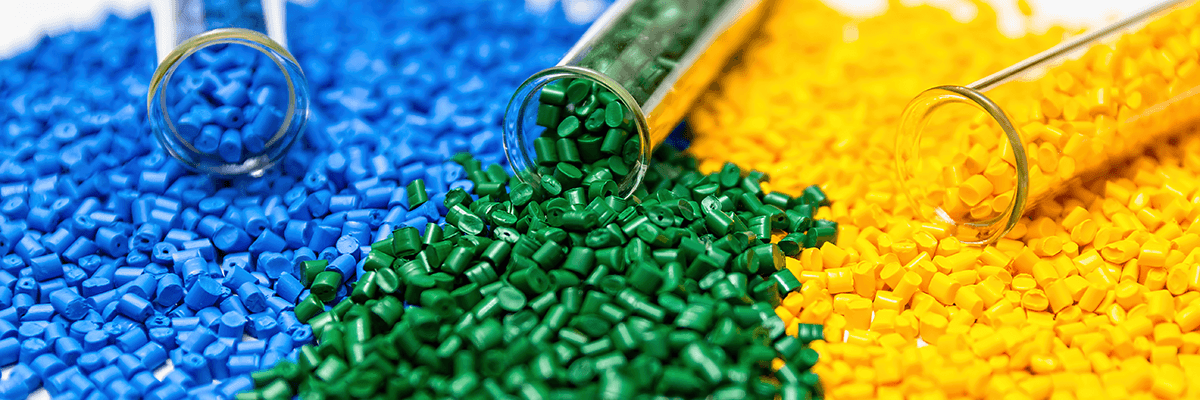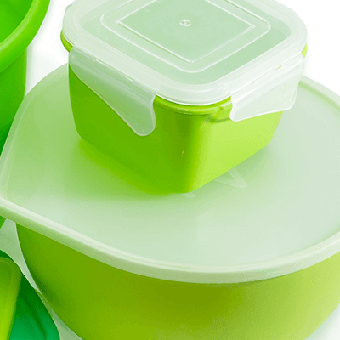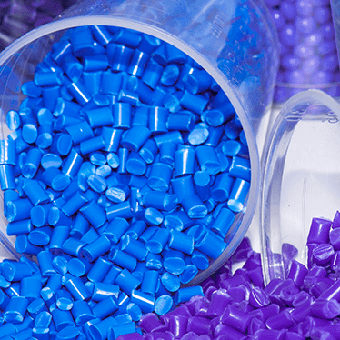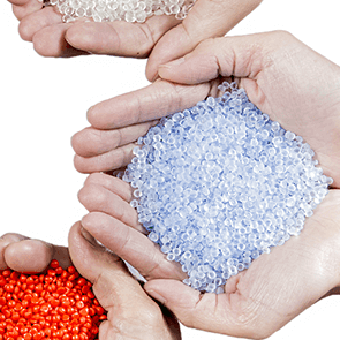Plastics is the term commonly used to describe a wide range of synthetic or semi-synthetic materials that are used in a huge and growing range of applications. Everywhere you look, you will find plastics. We use plastic products to help make our lives cleaner, easier, safer and more enjoyable. We find plastics in the clothes we wear, the houses we live in, and the cars we travel in. The toys we play with, the screens we watch, the IT tools we use and medical equipment we benefit from all contain plastics.
Plastics are organic materials, just like wood, paper or wool. The raw materials used to produce plastics are natural products such as cellulose, coal, natural gas, salt and, of course, crude oil.
The term ‘’plastic’’ is derived from the Greek word ''plastikos'', meaning fit for moulding. This refers to the material’s malleability, or plasticity during manufacture, which allows it to be cast, pressed, or extruded into a variety of shapes - such as films, fibres, plates, tubes, bottles, boxes, and much more.
Uses of plastics
Plastics are extremely versatile materials and are ideal for a wide range of consumer and industrial applications. The relatively low density of most plastics gives plastic products the advantages of light weight. And, although most have excellent thermal and electrical insulation properties, some plastics can be made to conduct electricity when required. They are corrosion resistant to many substances which attack other materials, making them durable and suitable for use in harsh environments. Some are transparent, making optical devices possible. They can easily be moulded into complex shapes, allowing other materials to be integrated into plastic products, and making them ideal for a wide range of functions. Furthermore, if the physical properties of a given plastic do not quite meet the specified requirements, its balance of properties can be modified with the addition of reinforcing fillers, colours, foaming agents, flame retardants, plasticisers, etc., to meet the demands of the specific application.
In principle, plastics can be developed with virtually any combination of properties to accommodate almost any application you can think of. As a result of these attractive properties, plastics are being used in the following applications:
 Healthcare |
 Sport & Leisures |
Safety, health and environmental aspects of plastics

-
You can read more about quality and safety standards in the plastics industry here.
-
Discover here what are our specific activities on health and safety.
-
You can read more about how plastics are contributing to a safe, healthy and environmentally-responsible future here.
- Learn about Operation Clean Sweep®, the international programme designed to prevent the loss of plastic granules (pellets, flakes and powders) during handling by the various entities in the plastics value chain and their release into the environment.
Contact us for more information
Contact us for more information about the benefits of plastics and the activities of PlasticsEurope.



















